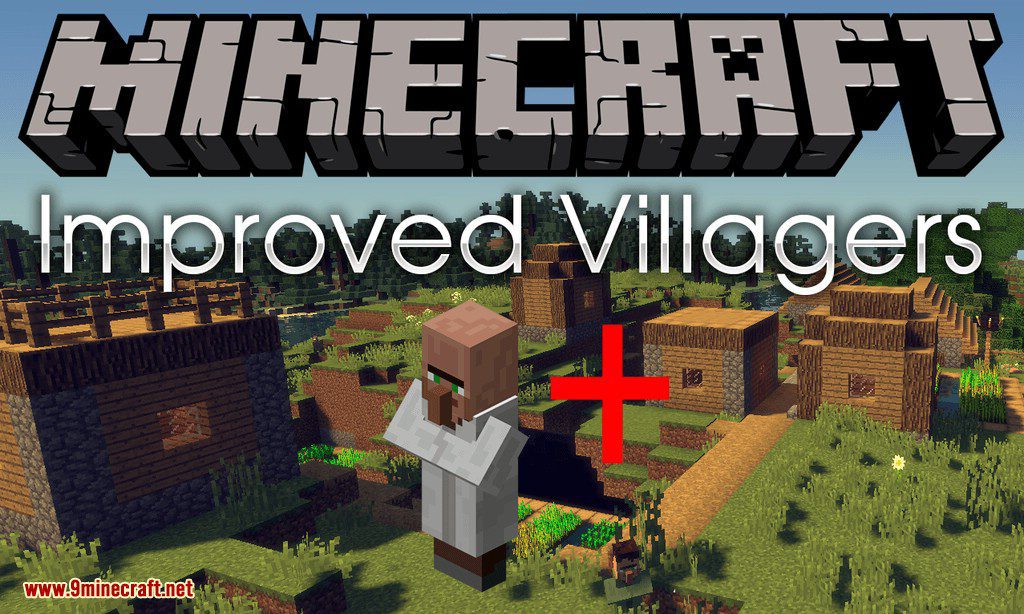

A bucket is worth much more than 3 emeralds. Also, 3 emeralds can be used to buy a bucket of cod. A master level fisherman will buy a boat for an emerald, meaning that 2 logs can get you an emerald. However, they can cook fish for you and sell campfires. Fisherman – To a beginning player, a fisherman's trades can be expensive, such as the villager buying coal and string for emeralds.Master level farmers will sell golden carrots and glistering melons, providing valuable potion ingredients without the need for players to dip into their own gold reserves. The apples some sell at apprentice level can be converted into golden apples, for use in curing villagers or as a defensive panic button for players. They can also buy pumpkins and melons, which can be farmed automatically without using villagers. This doesn't work on wheat or beetroot, as it only drops more seeds. The best starting trades are carrots and potatoes, because using fortune on the crop gives more carrots and potatoes respectively. Farmer – Farmers buy crops for emeralds.They sell cooked meat, which is useful if you don't want to use your coal, wood, or lava for cooking food. They also buy dried kelp blocks and sweet berries, easy-to-farm items. Butcher – Butchers buy raw meat for emeralds, which is useful if you have animal farms.

An alternative to killing the discarded villagers is to store them for an iron golem farm, put them into a village, or put them to work in farms and breeders. It is not recommended to kill them manually, because that will lower the player's popularity, and if the popularity gets too low, any iron golems of that village become hostile toward that player. The most common thing to do is move the discarded villagers into one area, where they are killed by whatever means suits the player. Once a villager is discarded, it is up to the player to do what they want with them. This discarding mechanism must be able to remove the villager from the cell and then open it up to allow for more villagers to drop in.

At this point, the player may wish to discard the villager, and the trading hall must provide a way to do so. Also, a better villager might come along that would replace one that already exists in the hall. The villagers must also have workstation blocks nearby, so that they can restock their trades.Ī villager may come along with undesirable trades, or no trades at all. They must be protected from zombies, lightning, and other things that could bring harm to them. These villagers must be accessed, so they stay in separate "cells" until a better villager comes along at which point the player may wish to discard them. Sometimes, the player will want to keep a villager because it has valuable or worthwhile trades. More advanced designs can include areas for players to reroll trades or permanently reduce their costs by zombifying and curing them.įor a fully automatic system, the mechanism that puts the villager into the hall must be able to close off the cell once the villager enters to prevent more villagers from entering that cell, and to open the next cell to allow for a villager to enter. A source anywhere else is impractical given the amount of effort exerted to transport villagers out of a village. The villagers for a trading hall generally come from a villager breeder. There are three parts to a villager trading hall: the input, storage, and output. They can take the form of a literal "hall", with villagers lined up and waiting for the player to trade with them. They also provide a way to quickly discard unwanted villagers and replace the ones that are discarded. Villager trading halls maximize the number of villagers that can be easily reached.


 0 kommentar(er)
0 kommentar(er)
